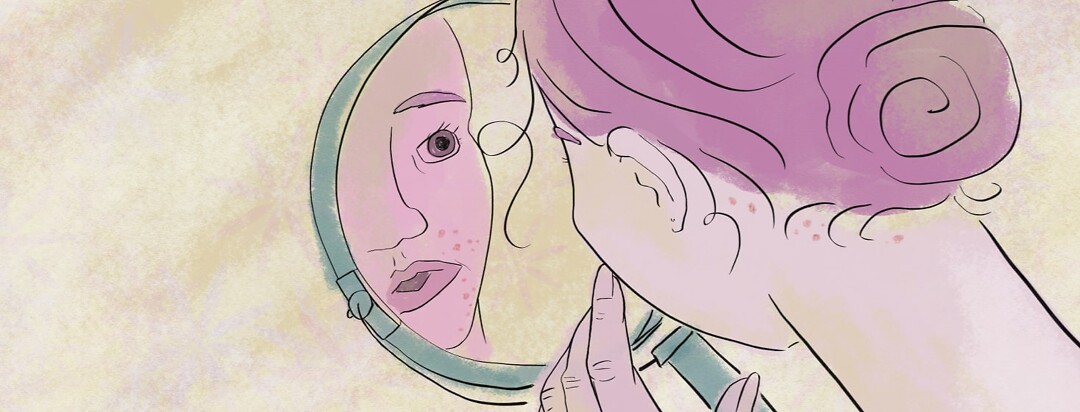Psoriasis vs. Folliculitis
Folliculitis is a skin condition where the skin cavity from which the hair grows (follicle) becomes infected. It can look a lot like psoriasis, another common skin condition. So how can you tell the 2 apart?
How psoriasis and folliculitis are similar
Symptoms
Some of the signs and symptoms of folliculitis can appear similar to psoriasis. Symptoms of folliculitis include:1,2
- Groups of white-head pimples or tiny discolored bumps that form around hair follicles
- Blisters that burst open, release pus, and then develop a crusty layer
- Skin that itches and burns
- Sensitive, sore skin
- An enlarged lump
Psoriasis also causes discoloration and itchy, burning, painful skin. Like folliculitis, psoriasis can affect a small area of your skin or be more widespread.
Diagnosis
Doctors diagnose both psoriasis and folliculitis by looking at your skin and finding out more about your medical history. They may also remove a small section of skin (biopsy) to look at under a microscope. A biopsy is rare with folliculitis.1,2
Lifestyle and home therapies
You will use similar self-care treatments to manage psoriasis and folliculitis:1,2
- Keep skin clean:Bathing every day gets rid of psoriasis scales and soothes irritated skin. Be sure to drench your skin for at least 15 minutes and add bath oil, colloidal oatmeal, or Epsom salts to your water. Folliculitis requires a slightly different approach. You will use an antibacterial soap to gently clean the infected area 2 times a day. If blisters have formed, apply a warm compress throughout the day to drain pus.
- Moisturize skin: Relieve itchy skin with lotion, cream, or oil-based moisturizers. If you have psoriasis, you may need to apply it multiple times a day.
- Apply creams or ointments: Products with hydrocortisone can soothe inflammation.
- Avoid triggers: Shaving is a common folliculitis trigger, especially for people with curly hair.
With psoriasis, infections, skin injuries, stress, smoking, and too much sun call make the condition worse.
How psoriasis and folliculitis are different
Although these 2 conditions can look alike, there are some key differences.
Causes
Folliculitis is caused by a bacterial, viral, or fungal infection or ingrown hairs. Psoriasis is an immune system condition. The growth and shedding of skin cells happen in a few days instead of the typical month timeframe. Skin cells then pile up on the surface of the skin.1,2
Risk factors
Psoriasis and folliculitis can affect anyone, but some are more likely to get each condition. You have a higher chance of developing folliculitis if you:1-3
- Experience acne or dermatitis (skin inflammation)
- Use steroid creams or antibiotics for acne
- Have curly hair and shave or wax
- Often wear rubber gloves, high boots, or other clothes that block the release of sweat and heat
- Use a hot tub or heated pool that is poorly managed (may contain bacteria)
Meanwhile, your odds of having psoriasis increase with these factors:1,2
- Family history: If 1 or both of your parents have psoriasis, you are more likely to have the illness.
- Stress: Too much stress affects your immune system, and in turn, can also raise your chances of developing psoriasis.
- Tobacco: Smoking may trigger psoriasis and can make the condition worse.
Medicines
The goal of psoriasis treatment is to stop the fast growth of skin cells and get rid of scales. Standard therapies include creams, ointments, light therapy, and medicine that is injected or taken by mouth.
Although folliculitis treatments may come in similar forms – creams, lotions, shampoos, and in rare cases, pills – the aim is different. Doctors prescribe these therapies to fight infection.
It is also important to keep in mind that, even with treatment, folliculitis may come back. But it is almost certain that psoriasis will return. It goes through cycles where it flares up for weeks or months and then goes into remission.1,2

Join the conversation